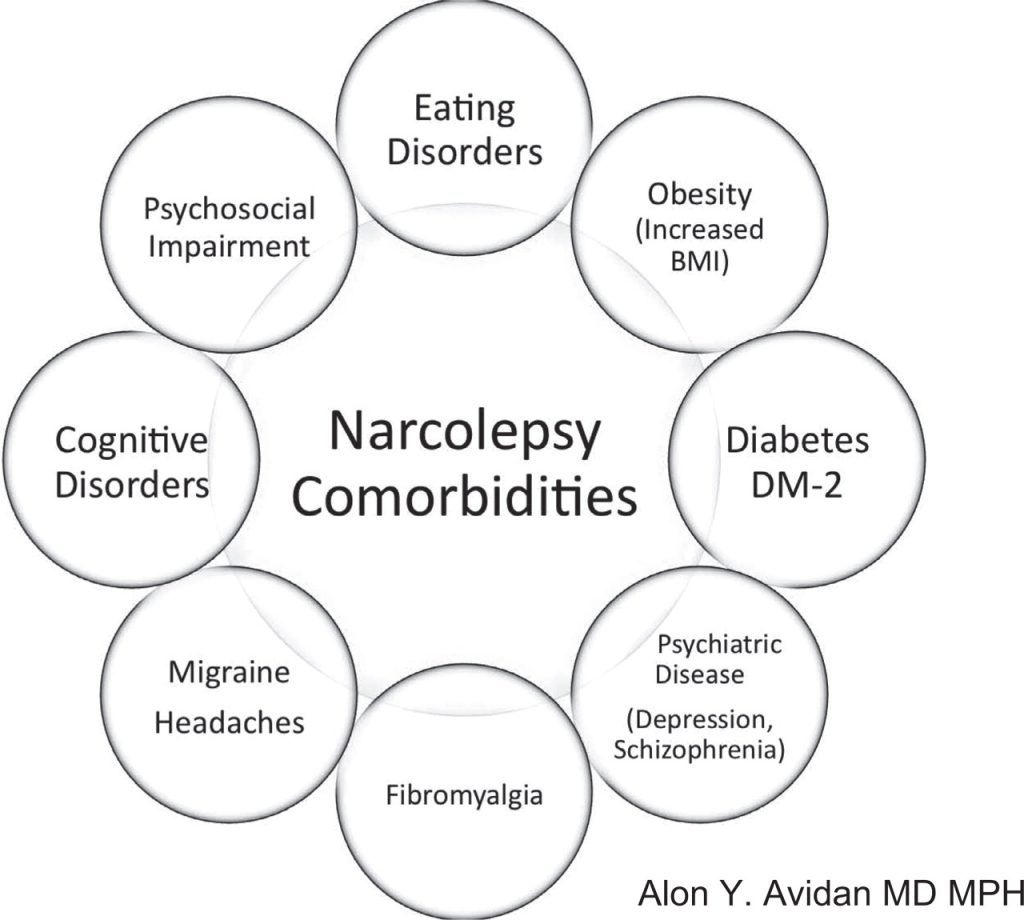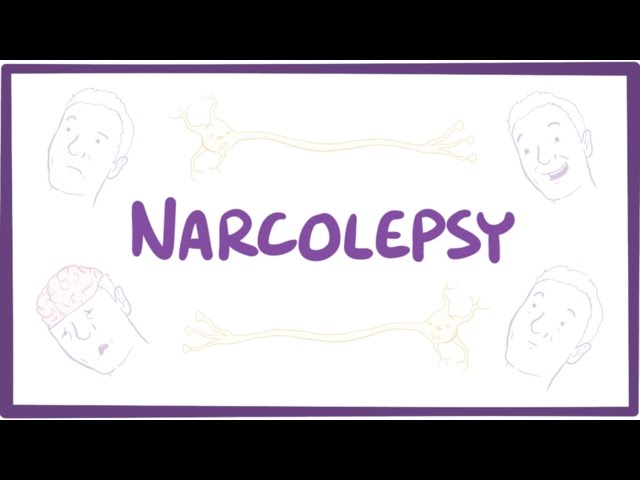

This symptom-based diagnosis has become unconvincing due to the discovery of the role of hypocretin/orexin in cataplexy (hereafter referred to as “hypocretin”). In the past, narcolepsy has been classified in two sub-types: narcolepsy with and without cataplexy. Sleep paralysis, often associated with hallucinations, is an inability to move limbs, head, or to breathe normally, and can be frightening and even terrifying, especially the first time. Hypnagogic hallucinations are dream-like hallucinations that occur at sleep onset and can be very scary because the patient is not aware of their hallucinatory nature. These symptoms are necessary to diagnose narcolepsy, while hypnagogic hallucinations and sleep paralysis are considered auxiliary symptoms.


These attacks can last from a few seconds to a few minutes, during which the patient remains conscious but unable to move. It consists of a sudden drop in muscle tone, total or partial, triggered by intense emotions, especially those leadind to laughters, but also excitement and anger. It should be underlined that unlike EDS, that may also occur in other disorders, cataplexy is a pathognomonic symptom of narcolepsy. Also, the premature occurrence of REM sleep onset (SOREMs) characterizes these sleep episodes, representing an essential element for diagnosing narcolepsy. EDS consists of daily periods of an irrepressible need to sleep that leads to real sleep attacks, and is exacerbated by periods of relative physical inactivity (e.g., watching television, driving car, etc.).

Narcolepsy is a chronic debilitating sleep disorder affecting humans and animals, characterized by excessive daytime sleepiness (EDS), cataplexy, hypnagogic hallucinations, and sleep paralysis. This review aims to provide a synthesis of behavioral, neurophysiological, and neurochemical evidence to discuss the complex relationship between NC and emotional experience and to direct future research. Notwithstanding this evidence, the relationship between emotion and narcolepsy is poorly investigated. Interestingly, NC patients, even during sleep, have a different emotional experience than healthy subjects, with more vivid, bizarre, and frightening dreams. Consistently, NC patients seem to use coping strategies even during their sleep, avoiding unpleasant mental sleep activity through lucid dreaming. Furthermore, behavioral studies suggest an impairment of emotions processing in narcolepsy-cataplexy (NC), like a probable coping strategy to avoid or reduce the frequency of cataplexy attacks. Neurophysiological and neurochemical findings suggest the involvement of emotional brain circuits in the physiopathology of cataplexy, which seems to depending on the dysfunctional interplay between the hypothalamus and the amygdala associated with an alteration of hypocretin levels. Some symptoms of narcolepsy depend on emotional stimuli for instance, cataplectic attacks can be triggered by emotional inputs such as laughing, joking, a pleasant surprise, and also anger. This disease affects significantly the overall patient functioning, interfering with social, work, and affective life. Narcolepsy is a chronic sleep disorder characterized by excessive daytime sleepiness, cataplexy, hypnagogic hallucinations, and sleep paralysis.


 0 kommentar(er)
0 kommentar(er)
